Jamie has felt terrible pain in his stomach for a few weeks. So he squeezes some time out of his hectic schedule and knocks on the door of the regular clinic near his place. After undergoing 20 minute-long endoscopy, he staggers to a seat opposite the doc, and find himself hearing the words, the very words breaking his dizzy body into tiny splinters ... “You have gastric cancer, I’m sorry, it’s terminal...”
After that, Jamie’s battle for life begins, leaving no stone unturned to catch even the last straw to keep himself alive. One day, he happens to encounter the title “Stem cell research ― the one and only remedy for fatal diseases ever found” while thumbing through a medical journal.
The next day, mustering up all his courage, he goes to a medical lab advertised in the magazine and gets his cells extracted. In just one year, he was fully recovered, living a healthy and normal life, far away from the threshold between life and death.
Stem cell became a buzz word in 2004, with world attention drawn to South Korea, especially to professor Hwang Woo-suk. But he soon faded away from the mind of the public due to his data fabrication in his papers in Science, which sent shockwaves throughout the world at the time. Currently, a fresh sweep of interest in stem cells is beginning to resurface as the president promised to invest approximately 100 billion won into the research next year. However, it is true that few people know even the exact meaning of “stem cell.” Then let’s touch upon the meaning of stem cell first.
Stem cells have the ability to turn themselves into other kinds of cells. There are two kinds of stem cells. One is adult stem cells and they are found throughout the body. They can be extracted from muscle, brain, and liver tissue, and so on. For the most part, research involving adult stem cells is not that controversial. But there is another kind of stem cells - the embryonic stem cells, which are highly controversial. It is found in umbilical cord blood, or taken from young embryos. The astonishing fact about the embryonic stem cells is that they can develop into any types of tissue. But the research is very controversial because it involves the use of human embryos and many people think they have the right of a human life.
However, despite the controversy, the research is still going on worldwide. More than likely, it will bear fruits in a few decades considering the current speed of the research. So it’s important to dwell on what implications it could have on us and our offspring. To name a few, for those who suffer from receding hairlines, there could be a farm where hairy cacti with human genes inserted would thrive waiting for a transplant; for those who are worried sick over carbon dioxide and methane emissions caused by cows and sheep, there would be a lab where red meat is grown; for those who keep their hopes high for stem cells’ miraculous medical effect, some centers would regrow human organs, repair damage from disease and undo paralysis to lift unbearable sorrow and pain from patients’ sagging shoulders.
Given the rosy prospects listed above, I believe every individual on earth would give the green light to the research. However, it might not be the case for religious people and those who are concerned about the remote (at least at the moment) possibility of human cloning. In religious fields, that is the last thing that should happen. That’s because they think it should be God, not us that creates humans.
But as shown in the case of Dolly (1996-2003) ― the first mammal to be cloned in Scotland ― the production of a healthy clone proved that a cell taken from specific part of the body could recreate a whole individual. So the possibility is that human cloning itself might be just around the corner. In facing this mind-boggling idea looms another bleak picture, where a slew of irreversible situations like mistaken identity and tangled human relations, etc. would pile up waiting for an omnipotent hand to untangle moral complexity. I cannot help but burst out laughing at the nonsense of it all: longing the help from once-betrayed god, I bet he would not lend his hand this time around.
Stem cell research and its possible consequences are a real hot potato throughout the globe. Facing life or death, we would opt for the green light for the research but facing these controversial moral issues, we naturally tend to be hesitant. It sure is one of the biggest dilemmas the globe has ever had. Then let’s put it this way, since the advent of the internet, useful as well as malignant information has spread globally for more than a few decades. Of course, adverse effects of the internet are numerous but seeing the fact that its benefits beat the weaknesses for human development and it has become indispensable to modern industry (I admit that the comparison may be too far-fetched), stem cell research may be something we inevitably have to proceed with for the same reasons.
On top of that, lunatic scientists somewhere on the planet would toy with the research aiming at cloning humans ― it is destined to occur in a matter of time anyway. To block the ensuing disasters, a meager but viable solution will be that governments should impose strict regulations in terms of morality and legality, not leaving the research entirely under the discretion of scientists. I couldn’t agree more that now is the perfect time to emphasize the value of imbuing future scientists with morality and ethics for obvious reasons. Otherwise ...
In 2040, on a crisp autumn afternoon, Jamie strolls along a lake with Kevin, his grandson, who toddles beside him tossing a ball. All of a sudden Kevin is running after the ball he dropped. The ball stops near the foot of a man sitting on the bench at the brink of the water. The man scoops the ball and hands it over to Kevin smiling. Jamie’s eyes meet his briefly and his heart skips a beat. He hears himself say, “Are you ... me?”
By Lee Nam-hee
Lee Nam-hee, who holds an M.A. in translation from Korea University-Macquarie University postgraduate translation and interpreting program, teaches English at Jayang High School in Gwangjin-gu, Seoul. ― Ed.
After that, Jamie’s battle for life begins, leaving no stone unturned to catch even the last straw to keep himself alive. One day, he happens to encounter the title “Stem cell research ― the one and only remedy for fatal diseases ever found” while thumbing through a medical journal.
The next day, mustering up all his courage, he goes to a medical lab advertised in the magazine and gets his cells extracted. In just one year, he was fully recovered, living a healthy and normal life, far away from the threshold between life and death.
Stem cell became a buzz word in 2004, with world attention drawn to South Korea, especially to professor Hwang Woo-suk. But he soon faded away from the mind of the public due to his data fabrication in his papers in Science, which sent shockwaves throughout the world at the time. Currently, a fresh sweep of interest in stem cells is beginning to resurface as the president promised to invest approximately 100 billion won into the research next year. However, it is true that few people know even the exact meaning of “stem cell.” Then let’s touch upon the meaning of stem cell first.
Stem cells have the ability to turn themselves into other kinds of cells. There are two kinds of stem cells. One is adult stem cells and they are found throughout the body. They can be extracted from muscle, brain, and liver tissue, and so on. For the most part, research involving adult stem cells is not that controversial. But there is another kind of stem cells - the embryonic stem cells, which are highly controversial. It is found in umbilical cord blood, or taken from young embryos. The astonishing fact about the embryonic stem cells is that they can develop into any types of tissue. But the research is very controversial because it involves the use of human embryos and many people think they have the right of a human life.
However, despite the controversy, the research is still going on worldwide. More than likely, it will bear fruits in a few decades considering the current speed of the research. So it’s important to dwell on what implications it could have on us and our offspring. To name a few, for those who suffer from receding hairlines, there could be a farm where hairy cacti with human genes inserted would thrive waiting for a transplant; for those who are worried sick over carbon dioxide and methane emissions caused by cows and sheep, there would be a lab where red meat is grown; for those who keep their hopes high for stem cells’ miraculous medical effect, some centers would regrow human organs, repair damage from disease and undo paralysis to lift unbearable sorrow and pain from patients’ sagging shoulders.
Given the rosy prospects listed above, I believe every individual on earth would give the green light to the research. However, it might not be the case for religious people and those who are concerned about the remote (at least at the moment) possibility of human cloning. In religious fields, that is the last thing that should happen. That’s because they think it should be God, not us that creates humans.
But as shown in the case of Dolly (1996-2003) ― the first mammal to be cloned in Scotland ― the production of a healthy clone proved that a cell taken from specific part of the body could recreate a whole individual. So the possibility is that human cloning itself might be just around the corner. In facing this mind-boggling idea looms another bleak picture, where a slew of irreversible situations like mistaken identity and tangled human relations, etc. would pile up waiting for an omnipotent hand to untangle moral complexity. I cannot help but burst out laughing at the nonsense of it all: longing the help from once-betrayed god, I bet he would not lend his hand this time around.
Stem cell research and its possible consequences are a real hot potato throughout the globe. Facing life or death, we would opt for the green light for the research but facing these controversial moral issues, we naturally tend to be hesitant. It sure is one of the biggest dilemmas the globe has ever had. Then let’s put it this way, since the advent of the internet, useful as well as malignant information has spread globally for more than a few decades. Of course, adverse effects of the internet are numerous but seeing the fact that its benefits beat the weaknesses for human development and it has become indispensable to modern industry (I admit that the comparison may be too far-fetched), stem cell research may be something we inevitably have to proceed with for the same reasons.
On top of that, lunatic scientists somewhere on the planet would toy with the research aiming at cloning humans ― it is destined to occur in a matter of time anyway. To block the ensuing disasters, a meager but viable solution will be that governments should impose strict regulations in terms of morality and legality, not leaving the research entirely under the discretion of scientists. I couldn’t agree more that now is the perfect time to emphasize the value of imbuing future scientists with morality and ethics for obvious reasons. Otherwise ...
In 2040, on a crisp autumn afternoon, Jamie strolls along a lake with Kevin, his grandson, who toddles beside him tossing a ball. All of a sudden Kevin is running after the ball he dropped. The ball stops near the foot of a man sitting on the bench at the brink of the water. The man scoops the ball and hands it over to Kevin smiling. Jamie’s eyes meet his briefly and his heart skips a beat. He hears himself say, “Are you ... me?”
By Lee Nam-hee
Lee Nam-hee, who holds an M.A. in translation from Korea University-Macquarie University postgraduate translation and interpreting program, teaches English at Jayang High School in Gwangjin-gu, Seoul. ― Ed.



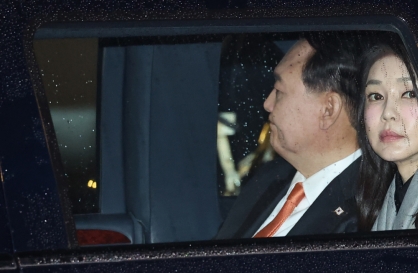

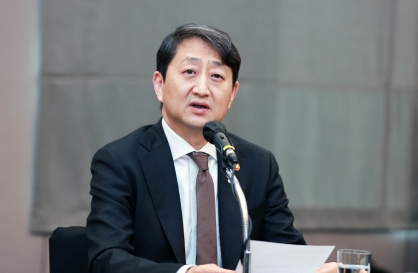


![[KH Explains] Can tech firms' AI alliances take on Nvidia?](http://res.heraldm.com/phpwas/restmb_idxmake.php?idx=644&simg=/content/image/2024/05/07/20240507050619_0.jpg&u=)
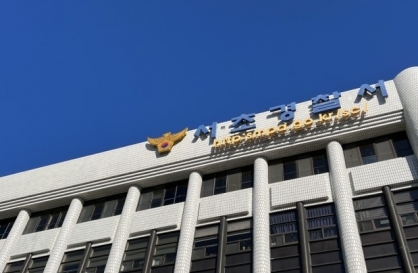

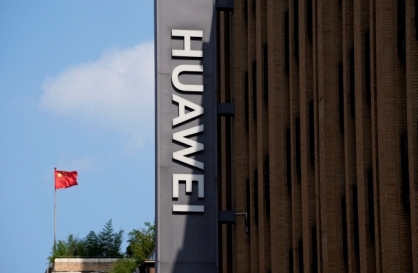


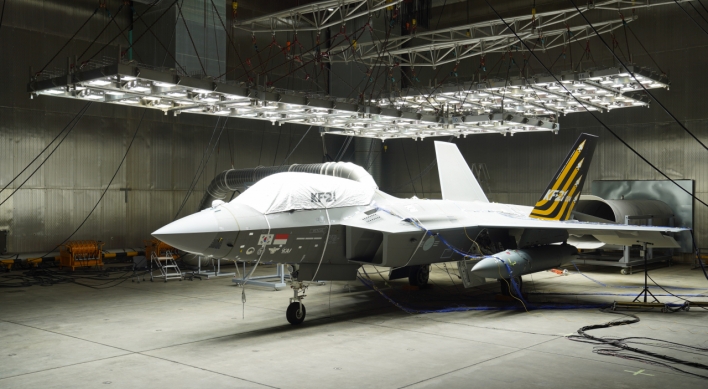
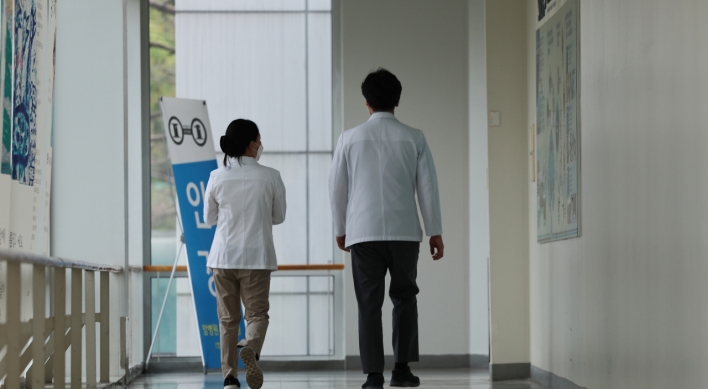
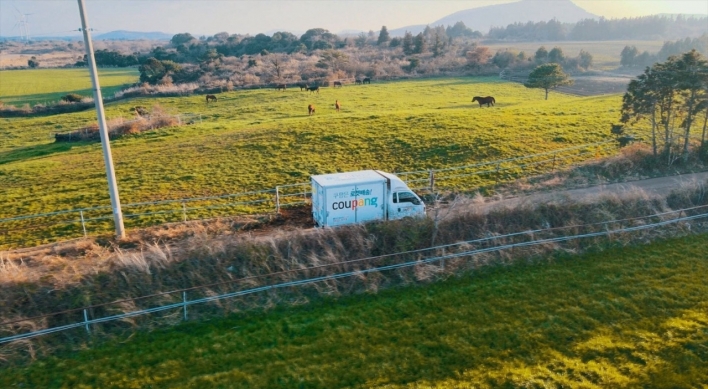
![[K-pop’s dilemma] Time, profit pressures work against originality](http://res.heraldm.com/phpwas/restmb_idxmake.php?idx=652&simg=/content/image/2024/05/08/20240508050705_0.jpg&u=20240508171126)
![[Today’s K-pop] NCT Dream to drop pre-release from 2nd Japan single](http://res.heraldm.com/phpwas/restmb_idxmake.php?idx=642&simg=/content/image/2024/05/08/20240508050725_0.jpg&u=)